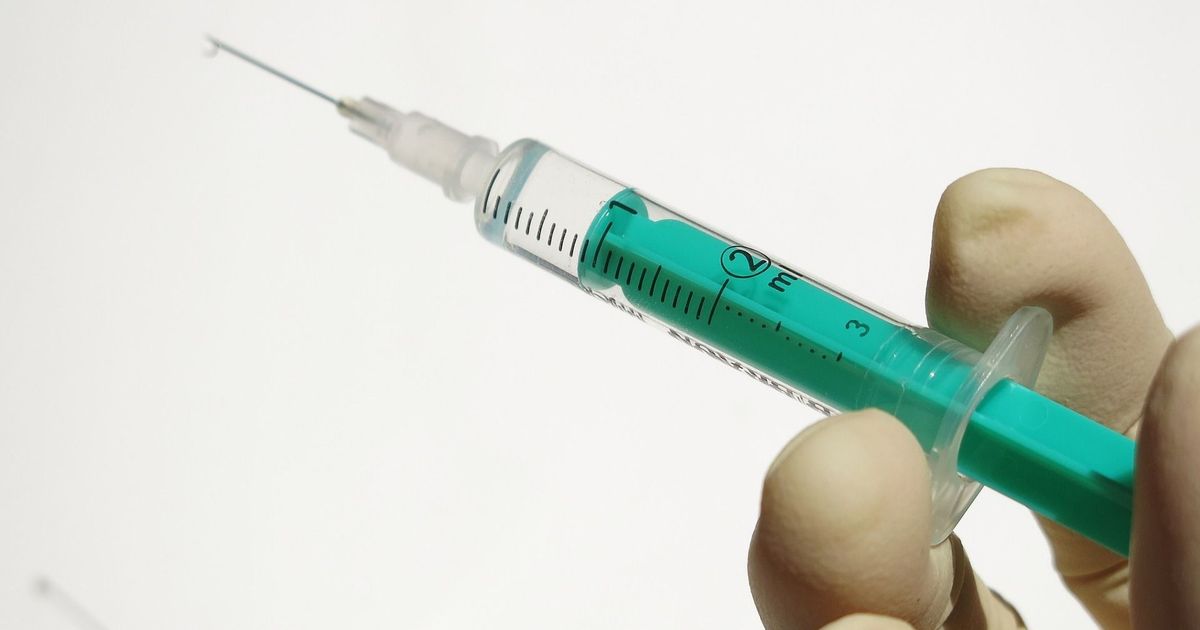Remedies For Kienbock's Disease
Kienbock’s disease is a painful wrist condition that occurs when the blood supplying the lunate, a small bone in the wrist, is cut off resulting in osteonecrosis, or the death of the bone. Often this is the result of trauma to the wrist. Patients may initially feel like they sprained their wrist, but the symptoms will persist far beyond the normal recovery time for a simple or even complex sprain, as Kienbock's is a lifelong disease. Symptoms include swelling, localized tenderness, weak grip strength, and limitations on wrist motion. With the right combination of treatments, these symptoms can be very manageable. The goal of treatment is to reduce pressure on the bone and attempt to restore blood flow. Get to know the best treatments now.
Resting The Wrist

The simplest and least invasive treatment method for Kienbock’s disease is resting the wrist. If the patient's non-dominant hand is affected, this is a fairly easy task. However, if their dominant hand is affected, resting the wrist becomes more difficult. Either way, it is unlikely that patients can keep their wrist still all of the time on their own. To make sure the wrist stays disengaged, patients need to find a wrist brace that fits them as well as their needs. Patients may begin with a simple drugstore brace, but if they find it’s not sufficient, a doctor can recommend a more effective device. The more a brace is customized to the patient's body, the more effective it will be in immobilizing their wrist and reducing pain.
Keep reading for more treatments used for Kienbock's disease.
Anti-Inflammatory Medications

Because Kienbock’s disease can cause inflammation in the wrist that causes pain and limits mobility, doctors may recommend anti-inflammatory medications to reduce the swelling in the area. What kind of medication they recommend to patients depends on the individual. If a patient's swelling is an acute issue, their doctor may recommend a course of steroids that will work quickly to reduce swelling. Due to what can be harsh side effects, chronic swelling is often not treated with long-term steroid use. Instead, doctors may recommend taking non-steroidal anti-inflammatory medication. It is important to remember, though, all medications can have side effects. No matter what course of medication a doctor recommends, patients should be sure to follow all instructions precisely and communicate with their doctor if the medication is not helping or is causing side effects.
Get to know more options for treating Kienbock's disease now.
Cortisone Injections

Cortisone injections are commonly used for treating joint pain caused by inflammation, and they are also used to treat a variety of related conditions, especially arthritis. In fact, most joint issues ending in '-itis' can benefit from a cortisone injection. The cortisone is injected directly into the affected joint to reduce inflammation. Though it can be very effective, cortisone can be detrimental to cartilage, so this treatment is often limited. Most patients can’t receive injections more than once every six weeks and generally not more than four times a year. The longevity of the anti-inflammatory effects vary from person to person and sometimes vary between injections in one patient. If a patient's first round of treatment isn’t effective, they shouldn't give up hope. There is a chance the next round could give them the relief they have been seeking.
Continue to reveal more information on how to treat Kienbock's disease.
Surgical Procedures

Certain cases of Kienbock’s disease may require more invasive treatment options. There are a variety of surgical procedures intended to treat Keinbock’s disease. Doctors will recommend the right procedure for how far their patient's case has progressed. The stage of the disease dictates the goal of the surgery. In the early stages, it may be possible to restore blood flow to the lunate. A piece of healthy bone with good blood flow is introduced to the lunate in the hopes it will bring blood flow back to the affected bone. If the disease is more advanced, doctors may advise a procedure that removes the lunate and two other bones in the wrist. This generally alleviates pain while maintaining a moderate level of wrist mobility. Some cases may lead doctors to suggest an entire wrist replacement.
Unveil more methods of treating Kienbock's disease now.
Physical Therapy

Moderate cases of Kienbock’s disease may be treated with physical therapy. As with many other progressive joint diseases, maintaining movement of the joint often helps slow down the disease process. This can be difficult to achieve individually, so the help of a good physical therapist can help patients do just enough exercises without doing too much. They will have specially designed exercises, hot and cold treatment, and other in-office treatments available to them to customize in a way that will best help patients. Following their instructions, including those for home exercises, can help patients maintain a greater amount of use of their wrist for a longer time. Patients should always be sure they don’t perform an exercise to the point of pain. It may be difficult, but it should never be painful.